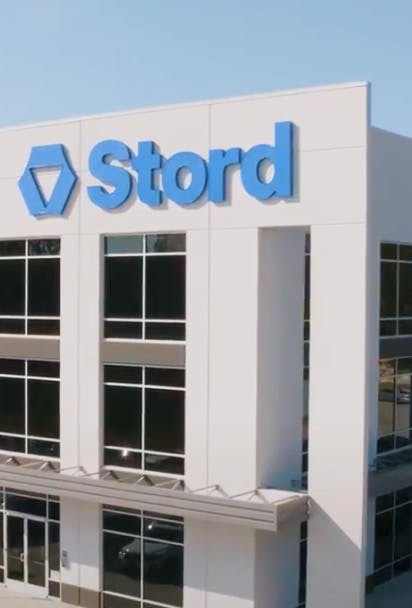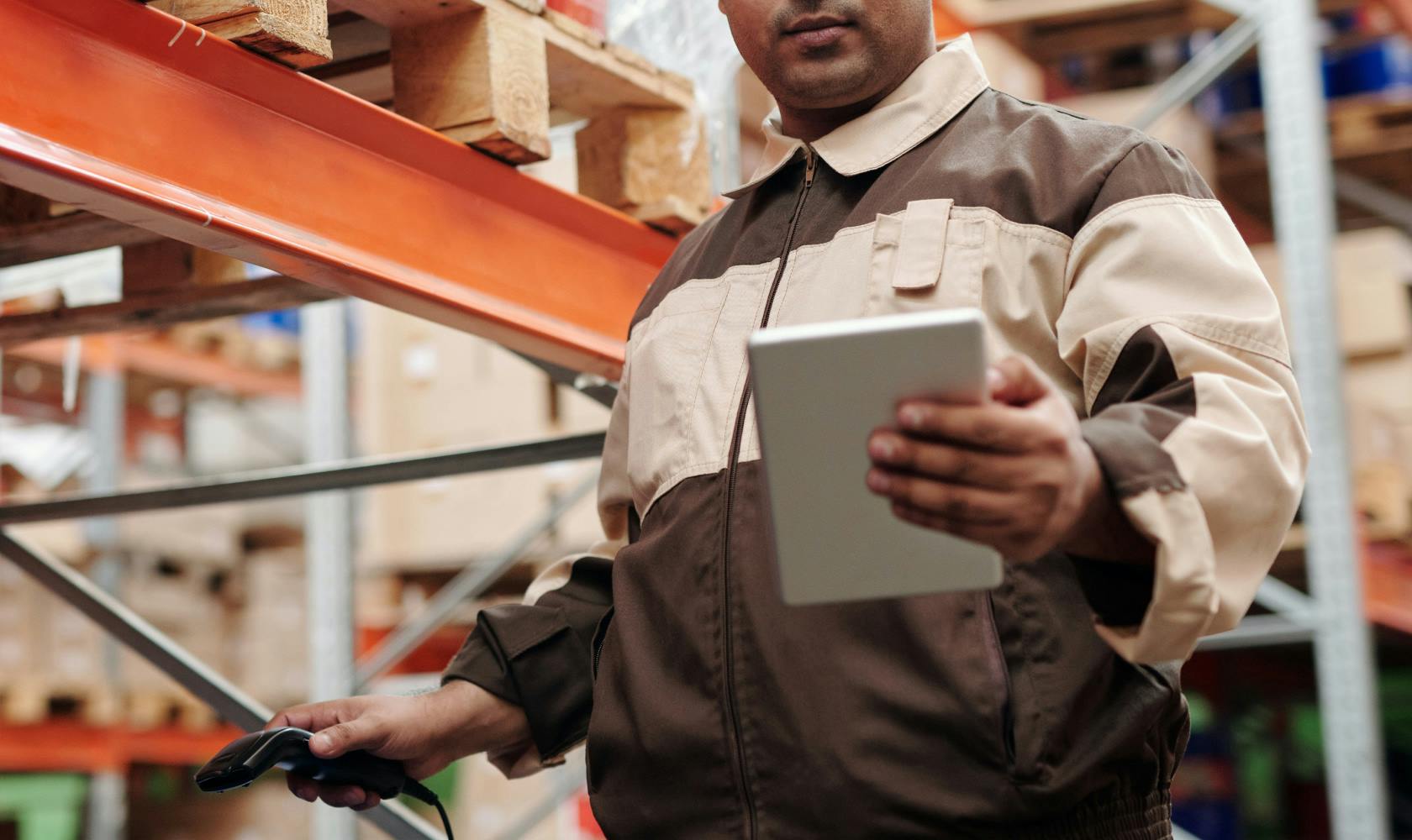Last in a series from logistics experts looking at the impact technology will have on supply chains this year and the biggest challenges facing supply chains this year.
Orders have been placed. Your customers are waiting…but for how long?
With all the challenges facing brands, whether B2C, DTC or B2B (or some combination thereof), in trying to manage their supply chains, there’s a lot of discussion around which technologies and approaches to deploy. But those involved in these operations know there are a myriad of processes, players and problems to address to reach one’s business goals in customer experience and revenue growth.
But with increasing competitive pressures and limited budgets, where exactly should brands direct their logistics efforts going forward? Specifically, what are some of the use cases and applications of technology that will have the biggest impact over the next years?
Leading supply chain professionals and innovative brands are continuing to push the industry forward. Given our work with many of these professionals and their brands, here’s what some of Stord’s team see as some of the best use cases for logistics tech and what you should consider when planning your own efforts in the future.
What are the best applications of supply chain technology that should be driving B2B/B2C or omnichannel businesses? And what opportunities are being missed today?
Integrated Order Management and Inventory Planning
“Proper demand planning beyond replenishment plans. Today, customers look at their order volume from the past year, and then estimate an organic growth number to plan for the upcoming year (e.g., 2020 sales plus 20%). There are few tools in the industry that can also utilize what-if analysis to plan for segments of the year - such as seasonality, peaks/valleys based on marketing campaigns, or regional opportunity planning. This helps customers increase revenue opportunities, and reduce their risk on the cost of inventory.
Given Stord facilitates all of the order and inventory data, we can provide a single source of truth for this to provide proper insights to the actual performance of the business, or enhance the data that would go into a BI/Demand Planning tool.
The second application would be intelligent order management, meaning an algorithmic approach to fulfilling orders vs. one driven by business rules. Being able to determine, on an order-by-order basis, how orders should be fulfilled can increase margin across the entire business. Things like ‘buy online, ship from store,’ multi-location fulfillment, or next day shipping are all ways to reduce cost and maximize the customer experience.”
- Brian Bradshaw, Software Senior Account Executive
Deepening Engagement with Advanced Packaging
“Smart labels (QR codes) and variable printing offered for digital printing. People invest so much money in packaging, but it's mostly a static investment (no ROI can be measured) once a design is printed on a box. With QR codes and variable printing, brands can track customer engagement/scanning via Google Analytics, and actually gather more information on post-purchase customer engagement.”
- Will Brown, Director of Packaging
More Networking, More Automation
“Distributed order and inventory management and planning - software that decides where to optimally place your inventory based on forecasting demand, then with each and every order decides how to route your order for outbound fulfillment.
Robotics in the warehouse to increase throughput of units, decrease labor costs, and improve your B2C economics and fulfillment cost.”
- Sean Henry, CEO
Automation and Connectivity
“One is integrations to automate the sales orders for both B2B/B2C operations, such as connecting via middleware or directly into a warehouse management system (WMS) to streamline the process and reduce manual work.
Another area I feel that has a lot of potential is more upstream visibility. Connecting directly with manufacturers overseas and freight forwarders so customers can have real time updates into their full process from start to finish. For example, a quality control issue at a manufacturer for an order could trigger an alert to its team in a centralized dashboard that its products will be delayed.”
- Matthew Wendelken, Software Account Executive
Control Tower Software
“Often companies are looking in several different places to see their supply chains, and have to work with several different providers. This creates fragmentation within their supply chains with several relationships to manage to ensure their product gets to their eventual destination.
Some companies still are even using manual processes with Excel spreadsheets to track their inventory! Cloud Supply Chain allows companies to hone in on their supply chains from a single point, and Stord’s ability to support all your supply needs with one point of contact helps remove fragmentation from supply chain efforts.”
- Danielle Harward, Senior Manager, Business Development
Automation Across the Supply Chain
“Same day delivery leverages some great tech in fulfillment and delivery. This is relevant for companies with this type of need. Things being missed include taking advantage of seasonality (finding opposite businesses that have peaks at different times), returns networks (lots of investment here), and new delivery capabilities that go beyond FedEx/UPS/USPS capabilities.”
- Bradley Weill, VP Product
Differentiated Customer Experiences
“The best applications consist of integrations between store fronts, marketplaces, shopping carts - POS software - and distribution and logistics enablement software.”
- Robert Martin, Director of Logistics Sales
Supply Chain Visibility
“AI, advanced analytics, and machine learning will continue to optimize supply chains in ways that were not previously possible.”
- Ibrahim Ashqar, Director of Data Science
“Solutions that provide end-to-end visibility of a supply chain that allow brands to maintain and optimize their supply chains.”
- David Hardwick, VP Engineering
“More intelligent rules and routing to be competitive with Amazon 1 or 2 day promise.
The ability to make a delivery promise and fulfill at the lowest cost is key for any company due to expectations set by Amazon.”
- Sarang Damle, Group Product Manager, Order and Inventory
How Are You Deploying Supply Chain and Logistics Technology
Are any of these on your to do list? It’s likely your fiercest competitors are reaching their customer satisfaction and growth goals by relying on a number of these initiatives. And the others certainly will be soon!
What we have found is that it’s not simply about big firms throwing money at the problem. It’s about innovative brands, regardless of size or budget, being smart about deploying the right technology and implementing the right approaches for their operations that can make their supply chains a competitive advantage.
That’s why partnering with an experienced cloud supply chain team, with expertise in what you need – from freight to fulfillment to software – is crucial for any business moving and delivering physical product today.
Interested in learning how you can use best-in-class services and technologies such as taking a cloud supply chain approach to improve your logistics operation and transform your operations? Reach out to us today; we’d love to talk.







